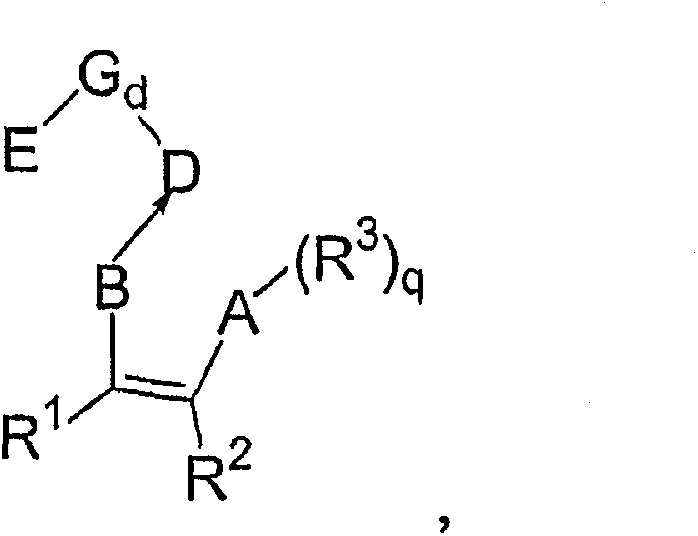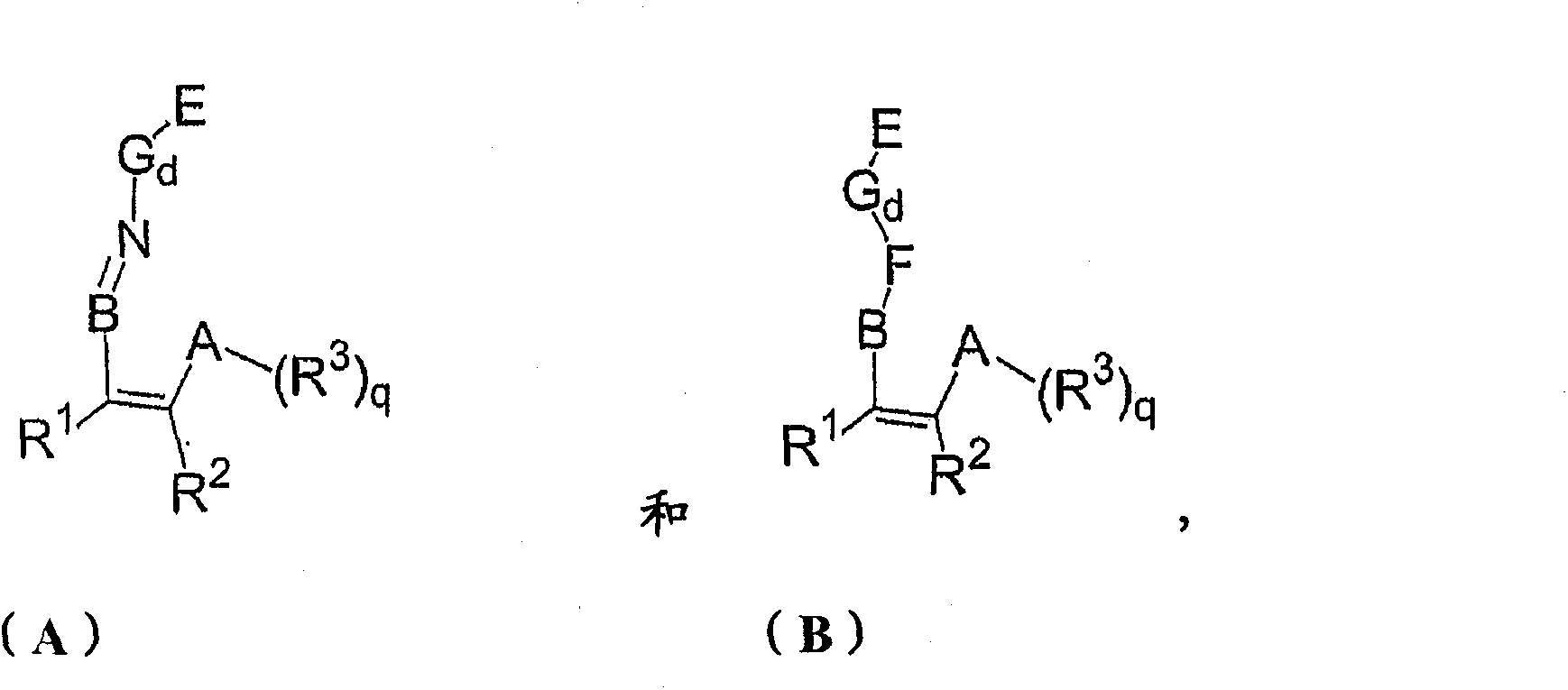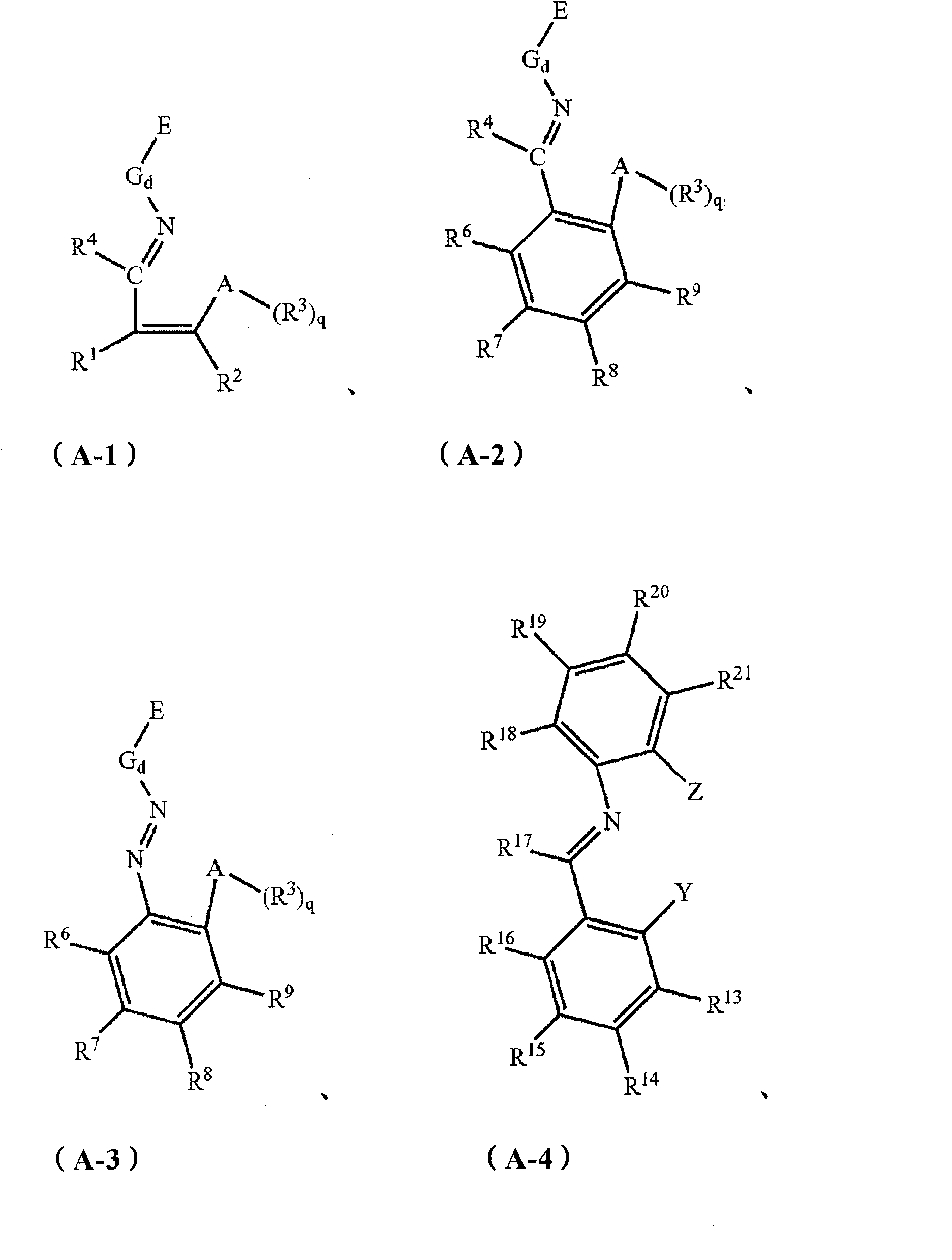Loaded non-metallocene catalyst and preparation method and application thereof
A non-metallocene and non-metallocene ligand technology, applied in the field of non-metallocene catalysts, can solve the problems of high cost of silica gel, high temperature and high vacuum required for loading process
- Summary
- Abstract
- Description
- Claims
- Application Information
AI Technical Summary
Problems solved by technology
Method used
Image
Examples
preparation example Construction
[0082] According to the present invention, it relates to a preparation method of a supported non-metallocene catalyst, comprising the following steps: dissolving a magnesium compound and a non-metallocene ligand in a solvent to obtain a magnesium compound solution; adding Precipitating agent, the step of obtaining the modified carrier; and the step of treating the modified carrier with a chemical treatment agent selected from Group IVB metal compounds, to obtain the supported non-metallocene catalyst.
[0083] The steps for obtaining the magnesium compound solution are specifically described below.
[0084] Specifically, the magnesium compound (solid) and the non-metallocene ligand are dissolved in an appropriate solvent (ie, a solvent for dissolving the magnesium compound), thereby obtaining the magnesium compound solution.
[0085] As the solvent, for example, C 6-12 Aromatic hydrocarbons, halogenated C 6-12 Solvents such as aromatic hydrocarbons, esters and ethers. Speci...
Embodiment 1
[0288]The magnesium compound adopts anhydrous magnesium chloride, the solvent for dissolving the magnesium compound and the non-metallocene ligand adopts tetrahydrofuran, and the chemical treatment agent adopts titanium tetrachloride. The non-metallocene ligand adopts the structure compound of.
[0289] Weigh 5g of anhydrous magnesium chloride and non-metallocene ligands, add tetrahydrofuran solvent and dissolve completely at room temperature, stir for 2 hours, add precipitant hexane to make it precipitate, filter, wash 2 times, the amount of precipitant each time is the same as that added before The same amount was uniformly heated to 60°C and vacuum-dried to obtain a modified carrier.
[0290] Then add 60ml of hexane to the modified carrier, add titanium tetrachloride dropwise for 30 minutes under stirring conditions, stir and react at 60°C for 4 hours, filter, wash with hexane twice, and use 60ml of hexane each time, Vacuum drying at room temperature to obtain a supporte...
Embodiment 1-1
[0294] Basically the same as Example 1, but with the following changes:
[0295] Non-metallocene ligands use The solvent for dissolving magnesium compounds and non-metallocene ligands was changed to toluene, the precipitating agent was changed to cyclohexane, and the chemical treatment agent was changed to zirconium tetrachloride (ZrCl 4 ).
[0296] Wherein proportioning is, the solvent proportioning of magnesium compound and dissolved magnesium compound and non-metallocene complex is 1mol: 250ml; The molar ratio of magnesium compound and non-metallocene ligand is 1: 0.15; Precipitant and dissolved magnesium compound and non-metallocene complex The solvent volume ratio of the metal ligand is 1:2; the molar ratio of the magnesium compound to the chemical treatment agent is 1:0.20.
[0297] Supported non-metallocene catalysts are designated CAT-1-1.
PUM
 Login to View More
Login to View More Abstract
Description
Claims
Application Information
 Login to View More
Login to View More - R&D
- Intellectual Property
- Life Sciences
- Materials
- Tech Scout
- Unparalleled Data Quality
- Higher Quality Content
- 60% Fewer Hallucinations
Browse by: Latest US Patents, China's latest patents, Technical Efficacy Thesaurus, Application Domain, Technology Topic, Popular Technical Reports.
© 2025 PatSnap. All rights reserved.Legal|Privacy policy|Modern Slavery Act Transparency Statement|Sitemap|About US| Contact US: help@patsnap.com



